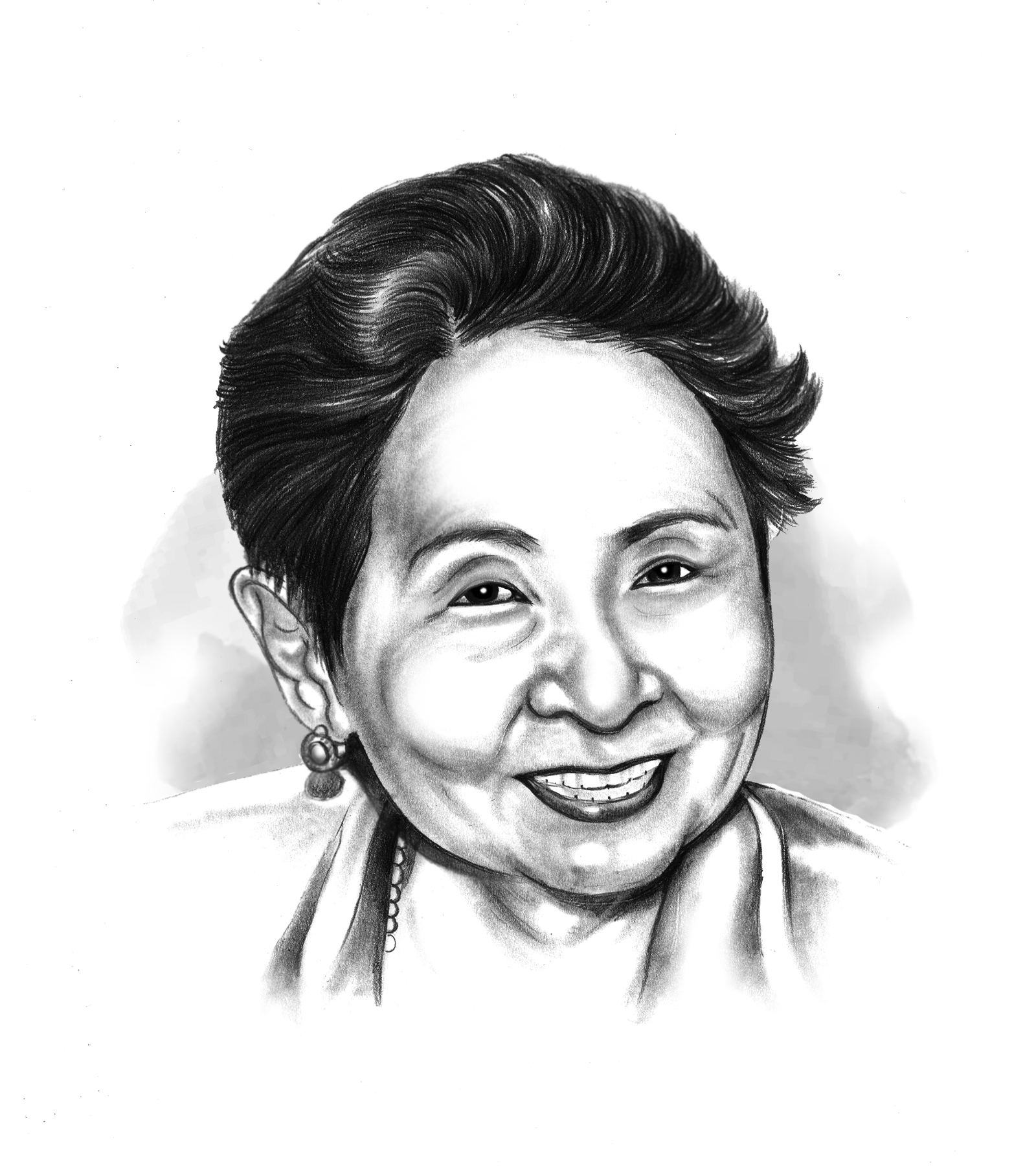PAGBABAGO

Yesterday was the 31st anniversary of the declaration of press freedom by the United Nations. At the beginning, the annual themes focused on violence perpetrated on journalists. The Philippines, having been for several years “one of the most dangerous countries for journalists according to Committee to Protect Journalists (CPJ),” we have been commemorating the event in memory of those that have been victims, the 2009 Maguindanao massacre, being the most brutal killing.
Every year, UNESCO celebrates World Press Freedom Day (WPFD) in one of its member countries. The 2024 commemoration will be held in Santiago Chile with the theme, “A press for the planet: Journalism in the face of environmental crisis.”
We do not have to be reminded that indeed, there exists a crisis. For the past two weeks some areas in the country and within the ASEAN had been experiencing a heatwave – a tremendous rise in temperature at a high of 42.2 degrees Celsius and an average of 33. And of course, climate change and the continuing threats to our livelihood.
But there are several threats as well at the political, technological, socio-cultural and economic areas. A global study on media freedom cites media capture by the financial system which had affected its independence and professionalism.
Among these are the rise of populism and an increase in the number of business models. While internet had advantages in terms of expanding the range of information sources, it had incurred into privacy and arbitrary surveillance. There has also been blocking and filtering of media content.
Information and communication technology has become more widespread than electricity reaching three billion of the world’s seven billion people according to Soshana Zuboff in “Age of Surveillance Capitalism (2018) who noted that the entangled dilemma of knowledge, authority and power are no longer confined to workplaces as they were in the 1990’s and that a global architecture of behavior modification threatens human nature just as industrial capitalism destroyed the natural world. Surveillance capitalism claims human experience has become raw material for translation into behavioral data which are fabricated to predict product that anticipates what you will do now, soon, and later. This is done through the use of an algorithm that analyzes information.”
She further argues about its danger – “that platforms and tech companies claim ownership of information because it is free for them to access.”
Lastly, another threat or danger is the growing cultural homogenization in media, specifically the social media. While the new media had brought positive changes such as global connectedness, there are dangers in terms of losing cultural diversity through the erosion of traditional beliefs and practices.
The entrance of a dominant culture results in the homogenization leading to what is called a “global culture.” We must continue to be aware of these danger signs and ensure the survival of news that is relevant and fact-based. This means engaging the community as the primary source of content. ([email protected])